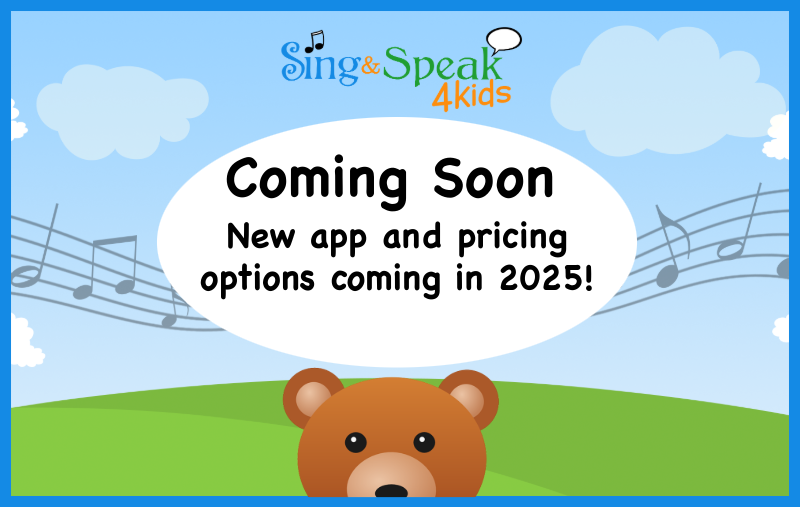Written by: Danielle Linboom, Intern
Currently, many autistic children receive an official diagnosis when they are still quite young due to increasing use of screening tools by most pediatricians and programs like Early Intervention. But there are reasons why a child might not be identified in early childhood. They may not present with more commonly recognized traits. Autism is often missed in girls for this reason, and a recent study from the American Academy of Pediatrics revealed that it takes an average of three years between the time Black parents first express concerns about their child’s development and referral for evaluation. It might have been masked by or mistaken for another diagnosis. Or perhaps the child was not in a public school setting and simply didn’t need a formal evaluation to receive accommodations. A surprisingly common reason, due to the genetic component of autism, is that some parents are undiagnosed but have many neurodivergent traits themselves; it is less likely that behaviors will be mentioned to the pediatrician if those “quirks” or dislikes are common within the family.
Five of my six children are neurodivergent and were late-diagnosed due to a combination of these factors. When an older child or teen is referred to to an autism specialist, the process is a bit different than the typical evaluation for toddlers. So what does it look like? Here is our experience! The first step is paperwork–lots of paperwork! Because the team cannot observe early childhood milestones in real time, you will be asked many questions that thoroughly detail their development and any previous behaviors or issues you noticed when they were younger. They will also ask for any current concerns or reasons you suspect your child might be autistic. After they have processed that intake paperwork, there are two appointments that typically last 1.5 to 2 hours each.
The first one is for evaluation. The doctor will spend about half the appointment interviewing both parent and child–sometimes together and sometimes individually. This allows them to observe your child’s response, but also to get more clarification on relevant past and current events. There will also likely be more paperwork. There are a variety of standardized questionnaires, some specifically about autistic behaviors and others about general life and social skills. Your provider will choose the best ones based on the age of your child. They may also ask a teacher to fill out a form about how your child interacts in the school environment.
The second portion of the appointment was direct observation. Normally at our clinic, the doctor guides the child through a standardized set of activities and questions. However, they were still observing COVID protocols, so they used a shortened version where the parent and child do activities together while the doctor observes from another room. This allowed them to safely observe us mask-free since facial expressions are an important component of the testing.
When we came back for the second appointment, it was to discuss the results of the evaluations. My children had the option to participate in this session or not. This visit can bring up a variety of feelings. Maybe your teen has felt different their whole life and getting an autism diagnosis is affirming and makes them feel as if their identity is valid. Perhaps your child is really struggling in school, but doesn’t meet the criteria and you are worried they won’t get the support they need without an official diagnosis. Or maybe you suspected autism, but hearing it confirmed is difficult for you. All those feelings are valid and it’s completely ok to take as much time as you need to sit with them and process it.
The last part of our visit was recommendations. Where do we go from here? Thankfully, our clinic doesn’t take a one-size-fits-all approach. They also don’t believe that autistic kids all need to be in intensive therapy to make them look or act neurotypical. The doctor learned about each of them as individuals, their current school and career path, and goals that are meaningful to them. The primary consideration was mental health–what medication or type of therapy they might need to make sure they are thriving. Honestly, I think this is an important health factor for any person, not just autistic people.
Next we talked about school support. Some of my kids are in the perfect environment for them, but some need an IEP in place to make sure they are getting complete access to their education. We also discussed life skills and the transition to adulthood. Each kid has their own path, but it’s worth exploring what programs are in your area so you and your child don’t have to do it alone.
Finally, we discussed social skills. This might be surprising, but none of my children were automatically referred to autism-specific support groups or social activities. The clinic staff talked to the kids about their strengths and weaknesses. About balancing the desire to fit in with the need to be authentic, and which special interests might offer a way to connect with others. The clinic was great at brainstorming ways to expand their comfort zones gradually without causing distress.
It can be a lengthy process, especially if there is a wait list to be evaluated, full of unknowns. But if you have concerns about your child, your family might benefit from learning more and receiving support. Talk to their primary care provider about how to connect with resources in your area.



